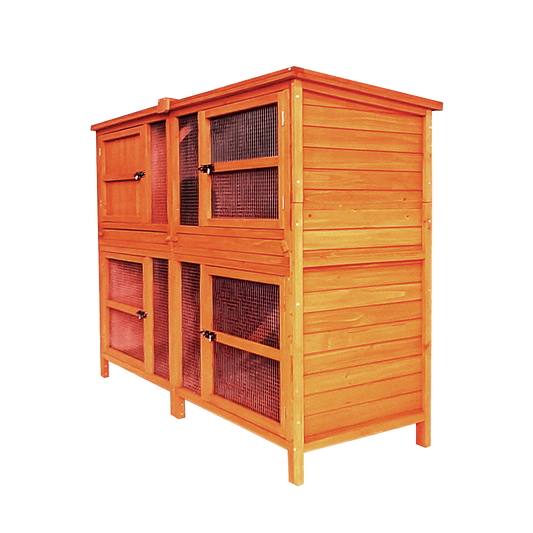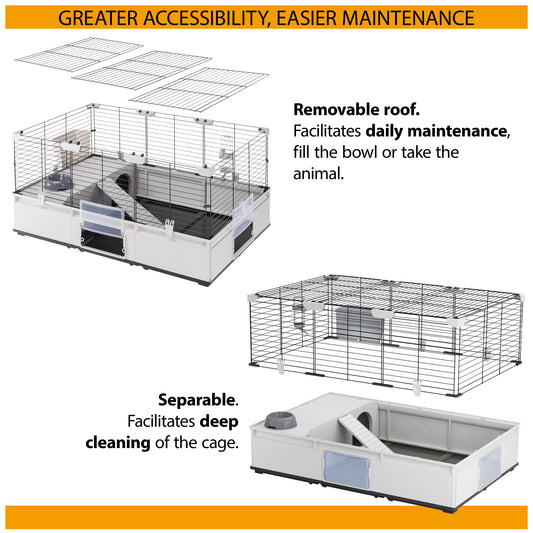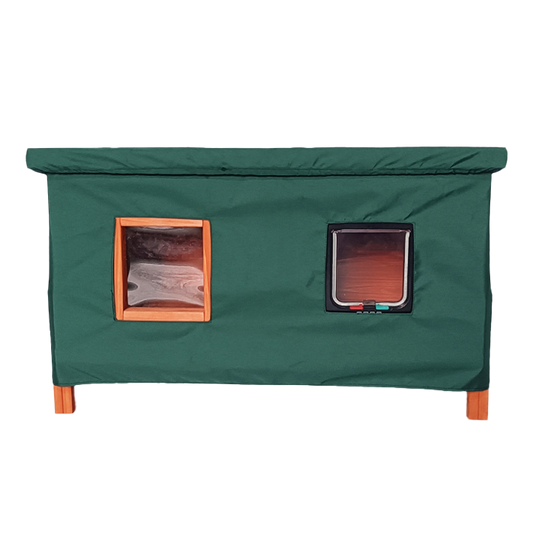The job of a responsible cat owner involves more than simply ensuring your pet has everything it needs for a happy, healthy life. It is also important for cat owners to make sure their pets are good citizens and don’t make a nuisance of themselves in the neighbourhood! Here are some things you should be doing.
Neutering
The UK has nearly 250,000 urban stray cats and rescue centres are overflowing with unwanted cats of all shapes and sizes. The RSPCA has said that there is an overpopulation crisis which can only be tackled by neutering.
If you have re-homed your cat from a rescue centre they should already have been neutered and it is recommended that this is done at around four months of age before a cat’s first season. This is essential to prevent unwanted pregnancies.
Cats can come into season every three weeks so there are plenty of opportunities for a cat to fall pregnant. They are prolific breeders and one female cat left un-neutered can be responsible for as many as 20,000 descendants in just five years.
It’s quite common for cats to favour other gardens in which to do their business, which is likely to cause non-cat owning neighbours rather a lot of frustration. You can help to reduce the chances of this by making sure your cat’s toileting needs are properly catered for at home.
Offer your cat a choice of litter trays in the house in different quiet locations. If you have more than one cat, ensure you have enough trays – one for each cat plus an extra. Cats prefer to do their business in a clean area so wash the trays out regularly and ensure you put plenty of litter inside them. Cats are also fussy about litter, not just trays. Some like wood, some corn, others silica.
Help to protect wildlife
Cats are opportunistic hunters and, according to the RSPB, 20% of the creatures caught by them are birds. While there is no scientific evidence that cats are behind the decline in UK bird populations, it is a good idea to try to limit your pet’s hunting activities.
Hunting is a natural behaviour and cats shouldn’t be discouraged from it – but this doesn’t mean they need live prey. Cat toys such as fishing rods with feathers and clockwork mice all encourage a cat to fulfil their need to stalk and pounce without a bird or small mammal being killed.
Cats Protection recommends keeping pets indoors from dusk until dawn to limit their hunting activities as this is when their prey is at its most active. It is also helpful if cats wear brightly coloured bibs or collars when out to alert birds to their presence. While owners have traditionally attached bells to their cats’ collars as a warning to birds, research has shown this has no discernible effect.
Research carried out in March 2021 found that the best ways to reduce a cat’s tendency to hunt is for an owner to feed a food with a high meat content and to play with their pet regularly using toys that engage a cat’s natural hunting behaviour.
Vaccinations and parasite prevention
A responsible cat owner should ensure their cat is vaccinated, not only to protect their pet but to prevent the spread of disease. Parasite prevention is also key – such as flea and worming treatments – to ensure your cat doesn’t become ill or pass on anything nasty to other cats or humans. A flea-riddled cat would not be considered a good feline citizen if every visitor to your home left covered in bites!
Identification
Cat microchipping is soon to become law in the UK as part of a larger animal welfare action plan. The aim of this is to make cats more identifiable, in turn helping with issues of cat theft, straying and road deaths.
A responsible cat owner should ensure their pet is wearing a quick-release safety collar with an ID tag engraved with their contact details. A general rule is to allow two fingers to fit between the collar and your cat’s neck so that it is neither too tight nor too loose.
If you enjoyed this article, you may be interested in:









